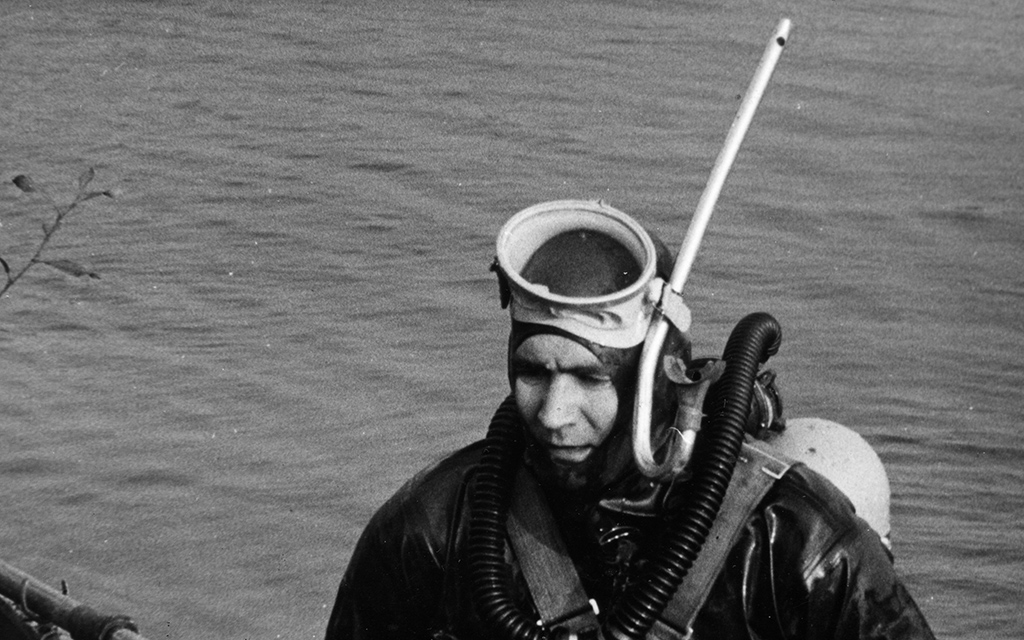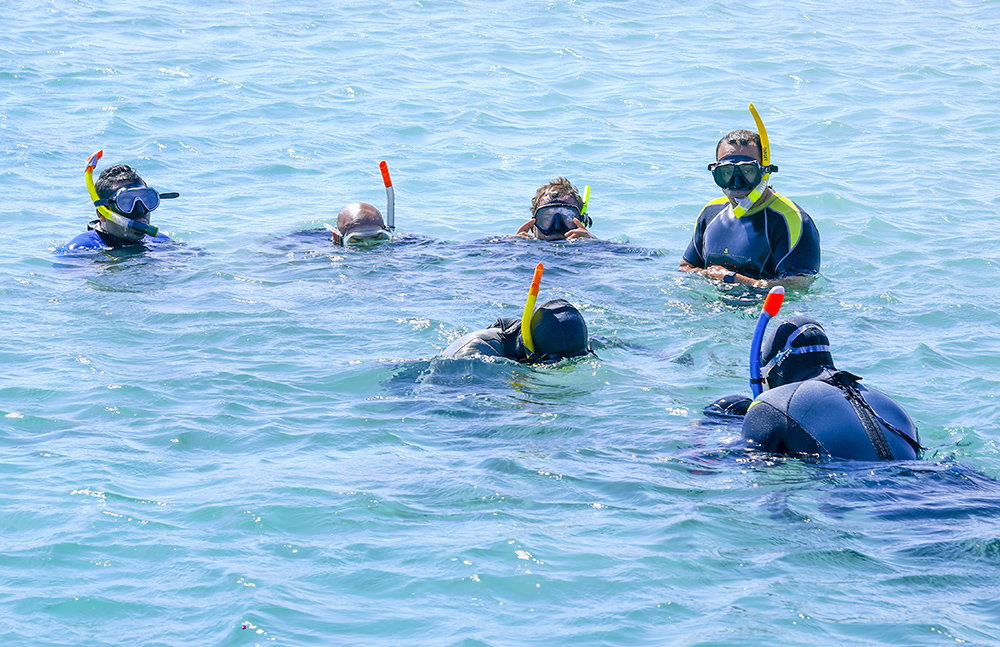
Andy Torbet traces the possible roots of the humble snorkel and asks the question – what did its earliest exponents look like?
A snorkel has to be one of, if not the, most simple device in diving. You can put splash guard covers on top, purge valves on the bottom, debate the exact length, degree of curve or general shape, how best to locate and attach it; but it all comes down to the fact it’s just a short tube.
As I’ve listed so many potential variations above, I’d like to add that I use it in its most simple form. A J-shaped tube, clipped or stuffed under my mask strap. Nothing else. I’m not convinced any of the other augmentation make any real difference. This simplicity has made it easy to design and manufacture, regardless of a society’s level of technological advancement. A snorkel is even simpler to make than a mask or fins, which is why it is probably the oldest piece of diving equipment in history.
I have little doubt that the use of a snorkel predates the historical evidence. Thanks to all the plant materials that come near ready-made as hollow tubes, even primitive humans could have chopped up a reed or bamboo with a simple stone tool and popped their heads underwater. Of course, the archaeological record is pretty thin on the ground due to the degradable nature of such organic snorkels. Besides, if a piece of fossilised reed were to be unearthed at an archaeological dig, it would be a stretch to conclusively state it was ever used as a snorkel. Still, artwork from Ancient Greek painted pottery or carved stone reliefs does depict people engaged in underwater swimming. These would likely have been for practical, commercial purposes such as sponge collection or foraging rather than sight-seeing. Much of the literature I have read suggests there is evidence for snorkelling around Greece from around 2,000 BC, using hollowed out canes.
The written historical record also helps us trace the early days of snorkelling. Aristotle, writing around 350 BC, mentions people going underwater using tubes like an elephant’s trunk. Perhaps Aristotle was also aware the elephants really do use their trunks in a snorkel-like fashion when swimming.
In the early 1400s, artist and visionary Leonardo da Vinci had a stab at designing a snorkel. His was a longer tube held at the surface by a hollow cork bell. However, to my mind the tube is too long and the snorkeller too deep to make it effective and to overcome the difference in ambient pressure, so I doubt he ever produced a useable version. Then, dating from 1531 in Italy, we have a drawing of someone using a hollow tube held in place by an attachment to the snorkeller’s hat.
Aristotle, writing around 350 BC, mentions people going underwater using tubes like an elephant’s trunk
Without the ability to see well underwater that comes with masks or goggles, and without the thermal protection offered by wetsuits, it’s not surprising that snorkelling appears to have developed in the warmer, clearer parts of maritime Europe, especially Italy and Greece. Although much of the research and evidence has been centred in the Classical World, there is evidence that snorkelling was adopted across the world independently by ancient societies. The coastal bamboo forests of Eastern Asia or the reed beds of the Red Sea or even the river-bank plants of the Amazon, for example, would have supplied plentiful raw materials and inspiration for the oldest diving discipline. Snorkelling, with its low cost, simple, accessible nature, seems to be the underwater activity that can transcend financial, cultural, geographical and even chronological boundaries.
The first snorkel to be patented in 1938 was front-mounted, worn with the tube over the front of the face, and secured with a bracket to the diving mask. Front-mounted snorkels proved popular in European snorkelling until the late 1950s when side-mounted snorkels came into the ascendancy.

Article ‘Ancient snorkelling’ by Andy Torbet first published in SCUBA magazine, Issue 140 November 2023. Images in this online version have been substituted from the original images in SCUBA magazine due to usage rights.

 Author: Andy Torbet | Posted 21 Nov 2023
Author: Andy Torbet | Posted 21 Nov 2023


